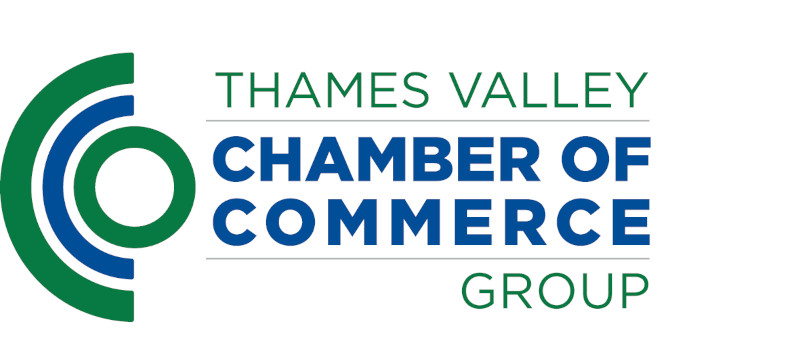When brands determine how and where to channel their advertising budget, they generally have their own specific KPIs and desired outcomes. Where do they need to to see results, and what would campaign effectiveness look like to them?
But the key question is: which format is most likely to deliver on their goals? For instance, in digital, while display ads have often been the default, native ads have grown to take a more prominent place in marketing strategies, as they integrate a brand's message seamlessly into a publisher context in a creative way, leveraging both the context of the environment and the trust of the audience.
With little data available, however, to inform how and when native can be used to best effect, progression has been somewhat stifled. Until now.
Display vs native - the lowdown
We are all, as internet users, familiar with display as a means to reach large audiences, over and over. This is also known as "push" advertising, as it delivers messages with a simple message to generally quite broad audiences who happen to be browsing online, and not necessarily looking to receive communications from the brand.
By contrast, as a more targeted "pull" style of advertising, native is characterised by seamless integration with content that is likely to resonate with those who have an interest in the category or brand. Native ads are designed to be seen by fewer people, but served to those who have already shown some interest in the brand or product - because they are much more likely to engage with relevant, intentionally placed advertising than generic campaigns.
Measuring the impact of native advertising can prove challenging, but recent research, based on 2,000 campaigns and responses from over 500k surveys, shows that, on average, native had an overall brand lift of +20.6%, compared to +10% for display campaigns.
The same data also provides a more granular level of insight to help marketers optimise their native campaigns.
If brand consideration is the goal, native is the channel
At Brand Metrics, we measure campaign effectiveness against four KPIs: awareness, consideration, preference and action intent. The latest consolidated data tells a revealing story about how format impacts performance in each of these areas.
First, we can see that display works best to drive stage one - awareness - among consumers and delivers brand uplift across that metric through high-frequency, short-duration exposure.
Conversely, the efficacy of native relates more to duration than frequency. In fact, users dwell much longer (almost 40% are exposed to native for more than 30 seconds, with only 11% engaging for that long with the display ads).
The result of that extra time is significant and reflected in uplift in the mid-funnel, most notably in stage two - consideration. It drives more established and meaningful interactions and brand relationships - a hard-won and often much-desired outcome when seeking repeat custom and reputational advantage.
How native performs across different categories
Having established the power of native for driving consideration, let’s take a look at how it performs across categories. The lowest brand lift from native campaigns is seen in those categories that are less likely to have a personal or emotional relevance to the consumer, such as the energy sector.
Meanwhile, industries such as travel and real estate, closely followed by automotive - which are often associated with important lifestyle choices and large-scale, irregular investments - benefit most from the prolonged user engagement of native ads. As consumers, we respond best to targeted, interactive content related to the purchases that mean the most to us.
So there are many reasons why a brand should incorporate native ads into their strategies, with branded content delivering a notably higher overall brand uplift than display. However, if the main objective of a campaign is to increase consideration, then native is more than a nice-to-have - it is an essential component.
Whatever the goal, as the latest findings tell us, consistent measurement data is the key to strategic and creative optimisation, empowering marketers to establish and maintain effective, flexible and compelling native ad campaigns.
To read more about the research undertaken by Brand Metrics in association with Native Advertising Institute, download the full whitepaper.
Copyright 2025. Article written by Sean Adams, Chief Marketing Officer, Brand Metrics.
